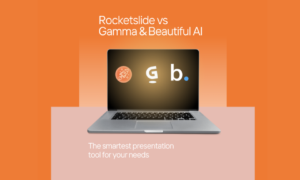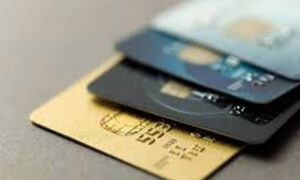It’s difficult to overstate the kind of impact that a fantastic PowerPoint presentation can achieve. By blending multiple media, senses, and learning styles into a single presentation, PowerPoint has proven to be both remarkably persuasive and unexpectedly enduring in its cultural legacy. Even though PowerPoint was first unveiled to the public all the way back in 1987, people are still using it regularly today in 2025. To this end, many people even hire PowerPoint or professional presentation design services, whose sole purpose is to create PowerPoint presentations for a marketing campaign, pitch, or effort.
But why, exactly, are PowerPoint presentations still so popular and influential?
The History of PowerPoint
The first-ever iteration of PowerPoint was released in 1987, nearly four decades ago. For context, that means that PowerPoint is several years older than the World Wide Web itself. And yet, while many other computer-based applications and technologies from that era are now seen as painfully dated by modern standards, PowerPoint remains a vital part of culture. That’s not to say that there haven’t been updates to the software and its capabilities in the years since then; there absolutely have been, as PowerPoint has evolved alongside computer technology. However, for PowerPoint to remain so synonymous with presentations that the phrases have become interchangeable is quite an accomplishment.
What Is a PowerPoint Presentation?
PowerPoint boasts an impressive variety and versatility, which significantly contributes to its enduring popularity. Typically, a PowerPoint presentation features a speaker in front of a projected screen displaying a curated series of images, written passages, or videos relevant to the speaker’s topic. The speaker collaborates with this digital presentation, creating a sense of synchrony between human and machine to convey a unified idea.
What Are PowerPoint Presentations Used For?
The most common use of a PowerPoint presentation is to persuade an audience or to provide insight into a specific piece of information or viewpoint. While there are prominent public uses of PowerPoint, such as TED Talks, where noteworthy individuals speak to large audiences and often utilize PowerPoint to help structure their presentations, it is also employed in more intimate settings. For instance, if someone in a business is trying to pitch a new idea to their supervisors, PowerPoint is frequently a preferred tool. Similarly, in creative fields, an author or filmmaker often uses PowerPoint to showcase their pitch for a particular story or project.
PowerPoint as Performance Art: PowerPoint Design Services
The strength of a PowerPoint presentation lies in its ability to enhance the speaker’s delivery and impact. Even a great speaker is likely to lose audience members if they speak unaided for too long. However, with the support of PowerPoint, the spoken parts can be complemented by, interspersed with, or even contrasted against added visuals. It’s like giving the speaker several additional senses to connect with their audience and create a more compelling and engaging case for whatever topic they address. In this way, a PowerPoint presentation is a form of performance art in its own right.
Why PowerPoint Is Here To Stay
A PowerPoint presentation is straightforward, especially by today’s advanced technological standards. Yet, it remains vital. By allowing speakers to incorporate visual and musical elements into their spoken words, PowerPoint adds a sense of authority and flair to the presentation. When a speaker declares something as true, shows several images that support that claim while speaking, and uses well-timed audio cues, the resulting message is much more compelling than if it were just a voice in isolation urging you to believe them. A technically proficient and well-executed PowerPoint is a simple tool, but its impact cannot be overstated.



































